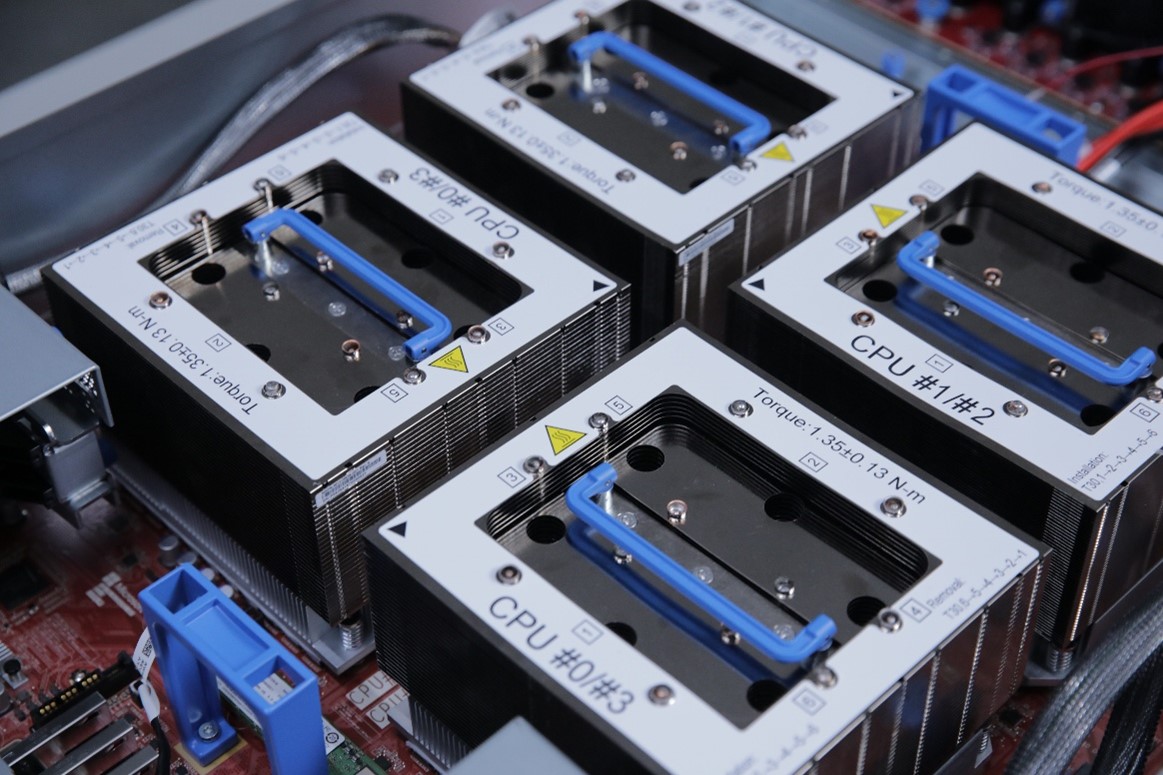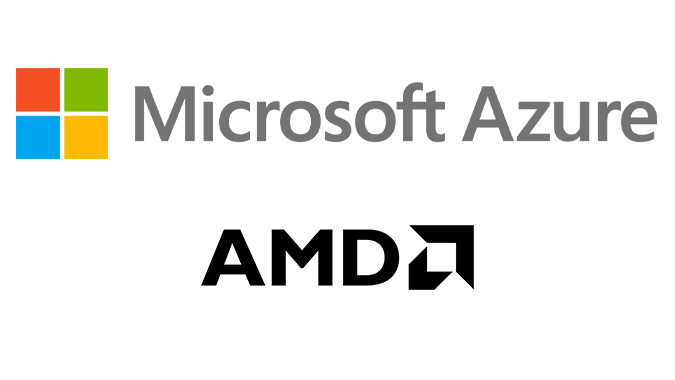In the world of high-performance computing (HPC), the ability to move massive amounts of data rapidly is often the deciding factor in application performance. From computational fluid dynamics (CFD) and weather modeling to explicit finite element analysis, many of the most demanding workloads in HPC are inherently memory-bound—their performance limited by the speed at which data can be moved rather than processed. This is where Azure’s new HBv5 virtual machines (VMs) represent a game-changing innovation.
Challenges When Running HPC/AI Workloads
The HPC cloud market is experiencing rapid growth as industries increasingly rely on advanced simulations, big data analysis, and artificial intelligence to drive innovation. Organizations in industries such as pharmaceutical, automative/aerospace engineering, energy research, and weather or climate modeling face pressure to reduce costs and maximize business outcomes for their investment. When renewing their infrastructure, organizations focus on maximizing their performance per dollar to ensure that they can get more work done for the same budget as previous generations of platforms.
Using older infrastructure can result in less throughput meaning longer time to solution. IT staff and developers often face processing delays when running large HPC and AI workloads on old infrastructure due to memory-bound issues. Running on non-optimized infrastructure results in additional cost and limits staff performance.
A new solution is needed to meet these processing and cost performance requirements.
Meet Azure HBv5
Microsoft Azure HBv5 offers higher memory bandwidth resulting in groundbreaking performance through its custom-made AMD EPYC processor only available through Azure. Designed specifically for sectors such as energy, automotive, climate research, and any workload that is memory-bound, Azure HBv5 addresses the need for handling vast amounts of both structured and unstructured data efficiently. This capability makes it the optimal solution for complex workloads like automotive/aerospace modeling, energy resource optimization, and climate simulations, empowering organizations to gain faster insights and enhance their competitive edge.
Azure HBv5 VM memory performance improvements
Azure HBv5 VMs, powered by AMD EPYC 9V64H CPUs, provide:
- up to 8x performance improvement over the best virtual machines in the market
- up to 35x performance improvement over on-premises end-of-life systems
Breaking Through Memory Bottlenecks with 7 TB/s Bandwidth
Azure HBv5 VMs redefine what’s possible in the cloud for memory-bound workloads, offering a staggering 7 terabytes per second (TB/s) of memory bandwidth which compares to 800 GB/s of bandwidth per node on a standard server resulting in an 8x performance improvement. This level of performance addresses one of the most significant challenges in HPC today: data movement bottlenecks.
For memory-bound applications, the speed at which data flows between memory and compute cores can dramatically impact performance. Traditional DRAM-based architectures often struggle to keep pace with compute-intensive workloads, leading to inefficiencies. Azure HBv5 VMs, equipped with high-bandwidth memory, solve this problem by delivering 8x the memory bandwidth of standard DRAM-based systems, allowing researchers and engineers to process larger datasets faster and with greater efficiency.

Transformative Impact Across Industries
The unique capabilities of Azure HBv5 VMs have far-reaching implications across a range of industries:
- Automotive and Aerospace Engineering: Azure HBv5’s memory bandwidth enables faster simulations of crash dynamics and aerodynamics, reducing design iteration cycles and accelerating time-to-market for innovative vehicles.
- Weather and Climate Modeling: The ability to process high-resolution simulations of weather patterns and climate models in real time is critical for accurate forecasting and long-term climate research. Azure HBv5’s memory capabilities allow researchers to run these data-intensive models at unprecedented speeds.
- Energy Research: In renewable energy and nuclear fusion, memory-intensive workloads like turbulence modeling or heat transfer simulations can now achieve faster insights, enabling breakthroughs in energy efficiency and sustainability.
Memory Bandwidth: A New Benchmark for Cloud HPC
The 7 TB/s memory bandwidth provided by Azure HBv5 isn’t just a number—it represents a new standard for HPC. By reducing the gap between compute and memory speeds, Azure HBv5 VMs enable workloads that were traditionally constrained by memory performance to scale efficiently in the cloud. This not only delivers faster results but also ensures consistent performance for simulations requiring high levels of precision and complexity.
Moreover, Azure HBv5’s 800 Gbps of InfiniBand networking ensures that this memory advantage is complemented by high-speed data transfer between nodes, enabling distributed workloads to scale seamlessly across thousands of cores. For researchers and enterprises, this means HPC workloads can scale without the bottlenecks typically associated with traditional architectures.
Why Azure HBv5 Matters
Azure HBv5 VMs represent more than just an incremental improvement; they signal a transformative shift in how memory-bound HPC applications can run. By solving memory bottlenecks, Azure HBv5 empowers researchers, engineers, and businesses to tackle challenges that were previously out of reach. Whether optimizing safety in automotive design, advancing energy solutions, or modeling the impacts of climate change, Azure HBv5 equips organizations with the tools they need to innovate faster and with greater accuracy.
Go where you can maximize your performance and performance dollars and Azure HBv5 is where you can get this.
For HPC professionals looking to move beyond the limits of legacy systems, Azure HBv5 offers an opportunity to scale workloads efficiently, reduce time-to-insight, and unlock new possibilities in the cloud. It’s the next step forward for memory-bound workloads—and it’s only available on Azure.
Learn More
- Get more details and sign up for Azure HBv5 Public Preview.
- Learn more about Azure High Performance Computing and how you can achieve more with Microsoft Azure and AMD

 TPC25
TPC25 

























































